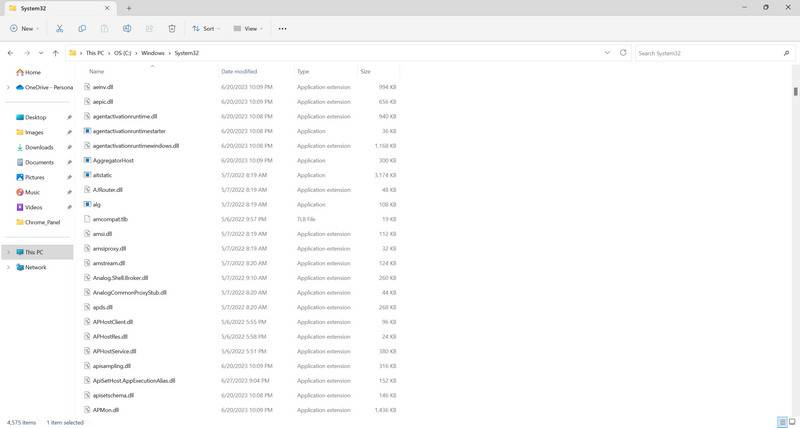When it comes to using a computer, encountering errors is an inevitable part of the experience. One common error that Windows users may come across is related to a file called xlive.dll. This article will delve into what xlive.dll is, the errors it can cause, and how to fix them.

This Article Contains:
Understanding xlive.dll
Xlive.dll is a dynamic link library file that is associated with Microsoft’s Games for Windows Live platform. It is a crucial component for running certain games and applications on Windows operating systems. The file provides various functions and resources that enable the smooth execution of games that utilize the Games for Windows Live service.
Games for Windows Live was a service developed by Microsoft to provide online gaming capabilities and achievements for PC games. While the service has been discontinued, many older games still rely on xlive.dll to function properly.
Common xlive.dll Errors
When xlive.dll encounters an issue or is missing from the system, it can result in various error messages and problems. Some of the most common xlive.dll errors include:
- “Xlive.dll not found”
- “The file xlive.dll is missing”
- “Xlive.dll is corrupt”
- “Cannot find xlive.dll”
These errors can occur when attempting to launch a game or application that relies on xlive.dll. They can be frustrating and prevent users from enjoying their favorite games or using specific software.
Causes of xlive.dll Errors
There are several reasons why xlive.dll errors may occur. Some of the common causes include:
- Corrupted or missing xlive.dll file: If the xlive.dll file is damaged, deleted, or misplaced, it can lead to errors.
- Outdated Games for Windows Live software: If the Games for Windows Live software is outdated, it may not be compatible with the game or application, resulting in errors.
- Malware or virus infections: Malicious software can corrupt or delete important system files, including xlive.dll.
- Registry issues: Problems with the Windows registry can also cause xlive.dll errors.
How to Fix xlive.dll Errors
Now that we understand the causes of xlive.dll errors, let’s explore some effective solutions to fix them:
Solution 1: Reinstall Games for Windows Live
If the xlive.dll error is caused by outdated Games for Windows Live software, reinstalling it can resolve the issue. Follow these steps:
- Visit the official Microsoft website and download the latest version of Games for Windows Live.
- Run the installer and follow the on-screen instructions to complete the installation.
- Restart your computer and check if the xlive.dll error persists.
Solution 2: Restore xlive.dll from Recycle Bin
If you recently deleted the xlive.dll file, it might still be in the Recycle Bin. To restore it:
- Open the Recycle Bin by double-clicking its icon on the desktop.
- Search for xlive.dll in the Recycle Bin.
- If found, right-click on the file and select “Restore”.
- Restart your computer and check if the error is resolved.
Solution 3: Scan for Malware or Viruses
Malware or viruses can cause xlive.dll errors. It is essential to scan your system using reliable antivirus software, such as Malwarebytes Free. Follow these steps:
- Download and install Malwarebytes Free.
- Run a full system scan to detect and remove any malware or viruses.
- Restart your computer and check if the xlive.dll error persists.
Solution 4: Update Windows and Drivers
Outdated Windows operating systems and drivers can also contribute to xlive.dll errors. Ensure that your system is up to date by following these steps:
- Open the Windows Update settings by searching for “Windows Update” in the Start menu.
- Click on “Check for updates” and install any available updates.
- Additionally, update your graphics card drivers and other relevant drivers.
- Restart your computer and check if the error is resolved.
Summary
Xlive.dll is an important file associated with Microsoft’s Games for Windows Live platform. When xlive.dll encounters errors or is missing, it can prevent games and applications from running correctly. Common causes of xlive.dll errors include a corrupted or missing file, outdated Games for Windows Live software, malware or virus infections, and registry issues.
To fix xlive.dll errors, users can try reinstalling Games for Windows Live, restoring the file from the Recycle Bin, scanning for malware or viruses using reliable antivirus software like Malwarebytes Free, and updating Windows and drivers. By following these solutions, users can resolve xlive.dll errors and enjoy uninterrupted gaming and application experiences on their Windows systems.










